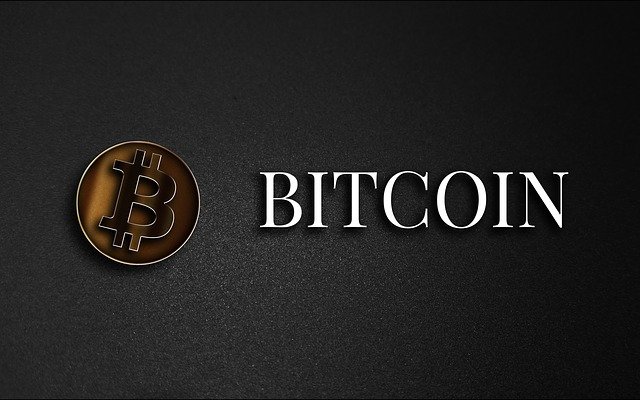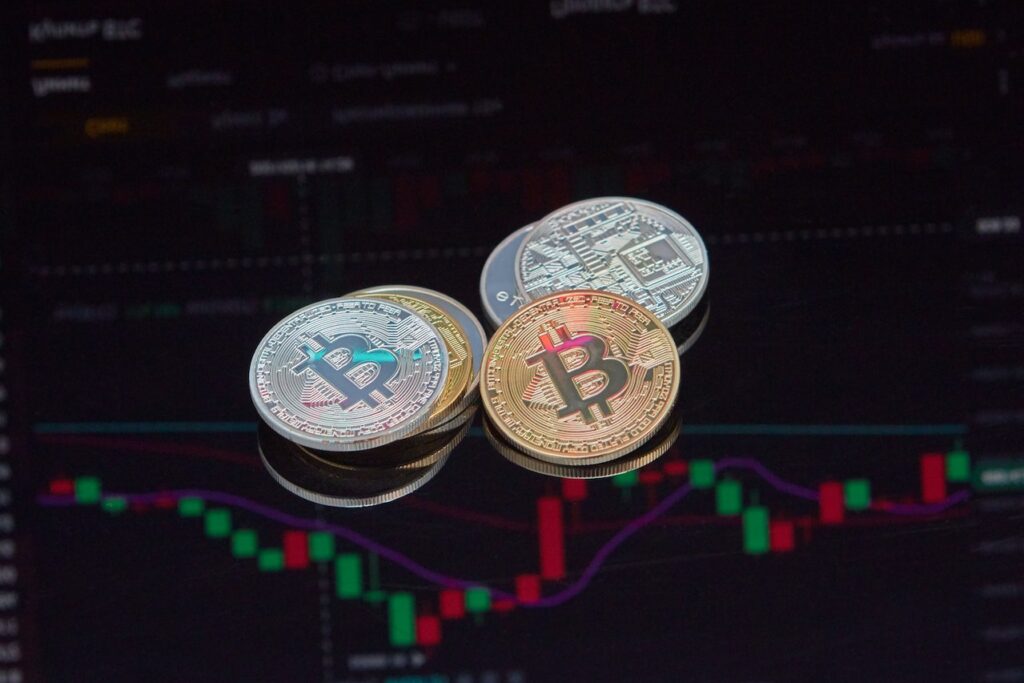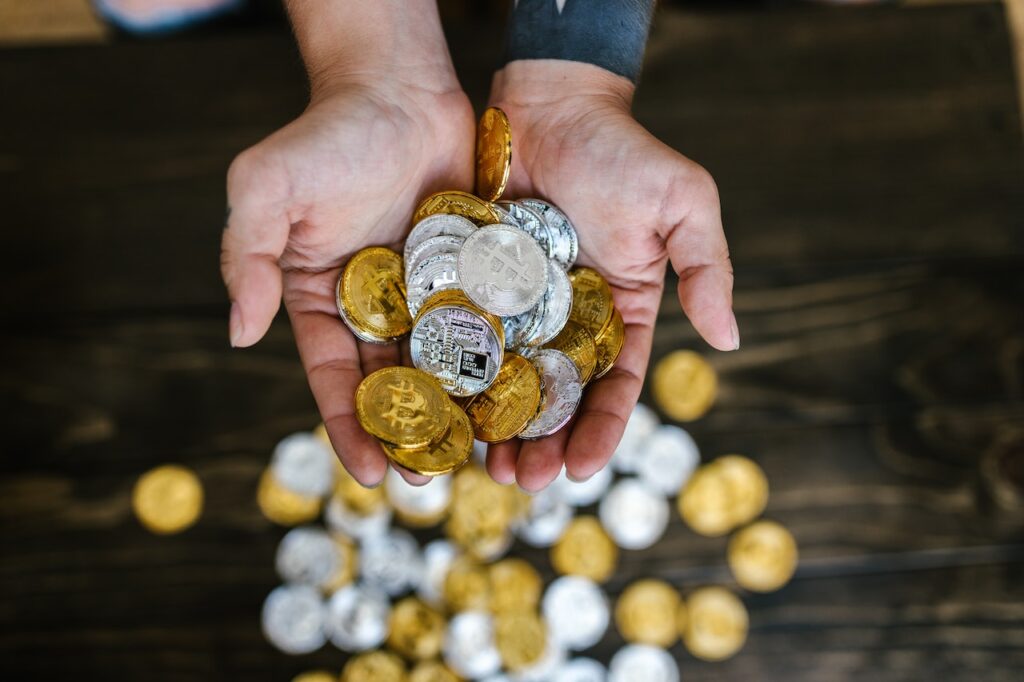The world of cryptocurrency can be a bit confusing, right? Bitcoin burst onto the scene and changed everything. Then, a bunch of other digital coins, called altcoins, showed up. It’s tough to know what makes them different. Knowing the real deal can help you make smarter choices with your money. It’s also key to staying safe in the crypto world. Let’s break it down.
Why Understanding the Bitcoin vs. Altcoin Debate Matters
Why should you care about the difference? Simply put, it can save you money. It’s not just about picking a coin; it’s about making smart investments. Understanding the unique factors lets you grow wealth.
Brief History: Bitcoin’s Genesis and the Altcoin Explosion
Bitcoin started it all in 2009. After that, people saw the potential of crypto. Then, altcoins began popping up everywhere. This explosion gave us the huge variety we see today. Each aims to improve on or change Bitcoin in its way.
Bitcoin: The Original Decentralized Currency
Bitcoin is the king of crypto for a reason. It was the first. It showed the world what digital money could do. Its focus on security and a limited supply makes it stand out.
Bitcoin’s Core Principles: Decentralization, Transparency, and Scarcity
Bitcoin is all about giving power to the people. No bank or government controls it. Every transaction is open for all to see. Only 21 million Bitcoin will ever exist.
The Whitepaper and Satoshi Nakamoto’s Vision
Satoshi Nakamoto, the mysterious creator, laid out the plan in a whitepaper. This document explained how it would work. It set the stage for a whole new financial system.
The Blockchain: A Public and Immutable Ledger
Every Bitcoin transaction is recorded on a blockchain. Think of it as a digital record book. It’s public. Once something is on the blockchain, it can’t be changed.
Bitcoin’s Security: Proof-of-Work and Network Effects
Keeping Bitcoin safe is a top priority. It uses something called Proof-of-Work to secure the network. The bigger the network, the safer it becomes.
Hashing Algorithms and Mining Explained
Miners use powerful computers to solve tough problems. This process verifies transactions and adds new blocks to the blockchain. In return, they get rewarded with Bitcoin.
The 51% Attack and Bitcoin’s Resilience
A 51% attack is when someone controls over half the network. They could then change transactions. However, Bitcoin’s massive size makes this extremely difficult.
Bitcoin’s Limited Supply: The 21 Million Cap
Only 21 million Bitcoin will ever be created. This limited supply makes it scarce.
The Impact of Scarcity on Value
Scarcity can drive up the price. As demand grows and supply stays the same, the price could rise. Many people believe this makes Bitcoin a good store of value.
Bitcoin Halving Events and Their Significance
Every four years, the reward for mining Bitcoin gets cut in half. This is called a halving. It reduces the rate at which new Bitcoin enters circulation. This can affect its price.
Altcoins: Exploring the Diverse Landscape
Altcoins are all the cryptocurrencies that are not Bitcoin. They cover many projects, offering varied features. This section goes through various categories of altcoins.
What are Altcoins? Definition and Scope
Altcoins are basically any crypto that isn’t Bitcoin. Some try to improve on Bitcoin. Others want to do things Bitcoin can’t.
Differentiating Altcoins from Bitcoin
The biggest change lies in the technology used. This shapes their purpose.
The Purpose of Altcoins
They can focus on faster transactions. Many have unique features. This solves problems Bitcoin can’t handle.
Categories of Altcoins and Examples
There are a bunch of different kinds of altcoins. Each type serves a unique purpose. Some act like digital cash. Some power applications.
Payment-Focused Coins: Litecoin, Bitcoin Cash
Litecoin aimed to be a faster version of Bitcoin. Bitcoin Cash was created because of disagreements over Bitcoin’s size. Both focus on quick, cheap transactions.
Utility Tokens: Ethereum, BNB
Ethereum lets developers build all kinds of applications. BNB powers the Binance exchange and gives users discounts. These tokens unlock special features.
Stablecoins: Tether (USDT), USD Coin (USDC)
Stablecoins are designed to stay close to the value of a real-world currency, like the US dollar. Tether (USDT) and USD Coin (USDC) are two of the most common. They provide stability in the volatile crypto market.
DeFi Tokens: Uniswap (UNI), Aave (AAVE)
DeFi, or decentralized finance, aims to recreate traditional finance without the need for intermediaries. Uniswap (UNI) and Aave (AAVE) are governance tokens. These tokens allow you to participate in making key decisions.
NFTs: Bored Ape Yacht Club, CryptoPunks
NFTs, or non-fungible tokens, represent ownership of unique digital items. Bored Ape Yacht Club and CryptoPunks are two very popular NFT collections. They are often used as digital art.
The Role of Smart Contracts in the Altcoin Ecosystem
Smart contracts are a big deal in the world of altcoins. They allow for all kinds of new applications.
Decentralized Applications (dApps) and Their Impact
Smart contracts allow developers to create dApps. These applications run on a blockchain. This is how decentralized services are provided.
Potential Risks and Vulnerabilities of Smart Contracts
Smart contracts are not perfect. They can have bugs. Hackers can take advantage of these weaknesses. It is a good idea to research smart contracts.
Key Differences: Bitcoin vs. Altcoins
Bitcoin and altcoins differ across several factors. These factors will have implications for what you use them for.
Technology & Innovation: Proof-of-Work vs. Proof-of-Stake and Beyond
Bitcoin uses Proof-of-Work. Many altcoins are using Proof-of-Stake.
Bitcoin’s Conservative Approach to Development
Bitcoin developers tend to be cautious. They focus on stability. Changes are carefully considered.
Altcoins Pushing the Boundaries of Blockchain Technology
Altcoins are more willing to try new things. This leads to faster innovation. However, it also brings more risk.
Use Cases: Store of Value vs. Broader Functionality
People see Bitcoin as a store of value, like gold. Altcoins enable all kinds of applications.
Bitcoin as “Digital Gold”
Many see Bitcoin as a safe haven. It may protect against inflation. It has gained popularity to be viewed as digital gold.
Altcoins Enabling New Applications (DeFi, NFTs, Supply Chain)
Altcoins make things like DeFi, NFTs, and better supply chains possible. This goes beyond what Bitcoin can do.
Market Capitalization and Liquidity: Dominance and Niche Markets
Bitcoin is the biggest cryptocurrency by far. Altcoins have smaller markets.
Bitcoin’s Market Dominance: A Historical Perspective
Bitcoin has always been on top. It makes up a big chunk of the total crypto market. This gives it a lot of influence.
Altcoins with High Growth Potential
Some altcoins have the potential to grow a lot. They can come with risk. The returns can be high if they catch on.
Volatility and Risk: Stability vs. High-Risk, High-Reward
Bitcoin can be volatile, but many altcoins can be more risky. This is due to smaller market caps.
Understanding Volatility in the Crypto Market
The crypto market can swing up and down quickly. Understanding this is key. This helps prevent making emotional decisions.
Assessing the Risk of Investing in Altcoins
Altcoins can offer high rewards. You should be aware of the risks involved. Research is important for managing your investments well.
Adoption and Acceptance: Mainstream vs. Niche Communities
Bitcoin is becoming more accepted by big institutions. Altcoins tend to have smaller, more specific user bases.
Bitcoin’s Growing Institutional Adoption
More and more companies are buying Bitcoin. This shows growing faith in its future.
Altcoins Catering to Specific User Groups
Altcoins often target specific groups. This allows them to create strong, dedicated communities.
Investing in Bitcoin and Altcoins: A Strategic Approach
Investing in Bitcoin and altcoins calls for a smart plan. Jumping in without knowing what you’re doing can be risky. Here is some tips.
Due Diligence: Researching Before Investing
Before you invest in anything, do your homework. Understand the project. Know the team behind it.
Understanding Whitepapers and Roadmaps
Read the whitepaper to learn about the project’s goals. Look at the roadmap to see what they plan to do. Make sure their goals align with yours.
Analyzing Team and Community Involvement
See who is working on the project. Look at who is backing the project. A strong team and active community are good signs.
Risk Management: Portfolio Allocation and Diversification
Don’t put all your eggs in one basket. Spread your investments around. This helps lower your risk.
The Importance of Not Putting All Eggs in One Basket
Putting all your money into one crypto is risky. It helps to spread the money out to more projects. If one goes down, not everything is lost.
Setting Realistic Expectations and Stop-Loss Orders
Don’t expect to get rich overnight. Set clear goals. Use stop-loss orders to limit your losses.
Security Best Practices: Protecting Your Investments
Keep your crypto safe. Use strong passwords. Enable two-factor authentication.
Choosing a Secure Wallet
Choose a secure wallet to store your crypto. Hardware wallets are often the most secure. They store your coins offline.
Enabling Two-Factor Authentication (2FA)
2FA adds an extra layer of security. It requires a code from your phone in addition to your password. This makes it harder for hackers to get in.
The Future of Crypto: Coexistence or Competition?
What does the future hold for Bitcoin and altcoins? Will they work together, or will they compete? How will regulations change things?
The Evolving Regulatory Landscape and Its Impact
Governments are starting to pay attention to crypto. New rules could change the way things work.
How Regulations Can Affect Bitcoin and Altcoins Differently
Regulations could help Bitcoin by making it more legitimate. They could hurt altcoins by making them harder to trade.
Staying Informed About Regulatory Changes
Keep up with the latest news. Follow what governments are saying. This will help you stay ahead of the curve.
Bitcoin’s Role in the Future of Finance
Bitcoin could become a major part of the financial system. Some think it could replace gold.
Potential Scenarios for Bitcoin’s Long-Term Value
Bitcoin’s value could go up if it becomes widely adopted. However, it could also go down if something better comes along.
The Continued Innovation of Altcoins
Altcoins will likely keep innovating. New technologies and ideas will continue to emerge.
Emerging Trends and Technologies in the Altcoin Space
Keep an eye on new trends like DeFi and NFTs. These could change the way we use crypto.
Conclusion
Bitcoin and altcoins both play a part in the crypto world. Bitcoin is like the reliable old guard. Altcoins are the up-and-coming innovators. Knowing the strengths of each will guide better choices.
Key Takeaways: Bitcoin’s Strengths vs. Altcoin’s Potential
Bitcoin is secure. Its supply is limited. Altcoins provide new uses. Some are more useful for transactions, or have more features.
Making Informed Decisions in the Crypto Space
Don’t just follow the hype. Understand what you’re investing in. Make choices based on facts, not emotions.
The Importance of Continuous Learning and Adaptation
The crypto world is always changing. Keep learning. Stay adaptable. This will help you succeed in the long run.








Facebook Comments